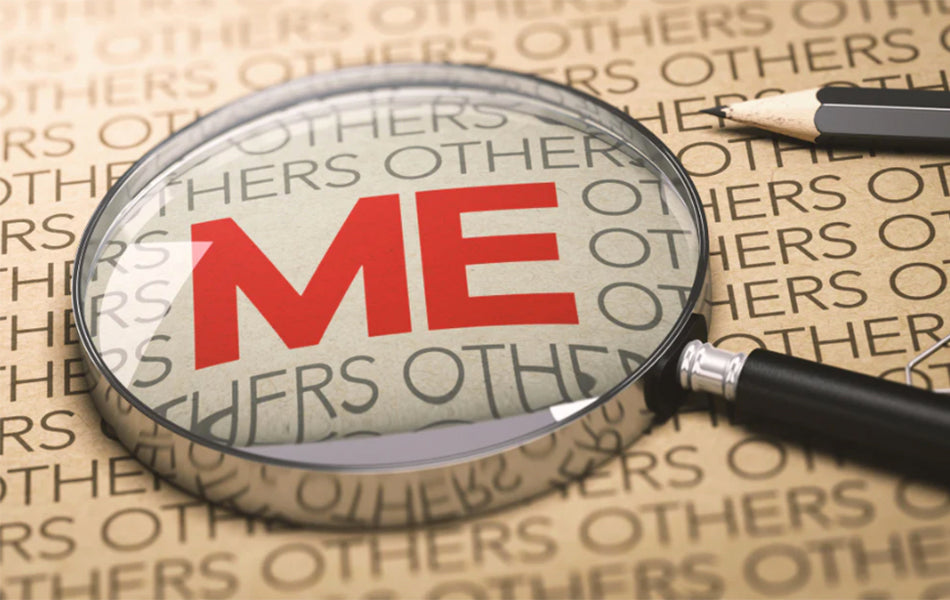September 22, 2022

It’s now a few weeks since schools returned. The chill of winter is breezing through intermittently. The holiday glow has faded and the hair may reveal the dry, faded consequences of zero sun-protection. Aggravated scalps may also be flakier.
This seasonal shift beckons us to assess, repair and renew, ready for the next chapter. Investing in selfcare is essential, even more so this autumn with such anxiety-inducing changes in the world – culturally, economically, and geopolitically. I don’t know about you, but I’ve had enough of living through “unprecedented” times and would happily go back to some precedented stuff for a while.
Being selfish suggests a desire to hoard or take from others. However, self-care is about restoring or rebuilding your resources without depleting someone else's. Self-care is a means of reviving your own energy and health to achieve physical and emotional well-being. This inevitably will be good for others as we can’t help but radiate our healthy energy outwards in positive ways. It’s all about balance.
 For some people, overly indoctrinated with the virtues of selflessness and sacrifice, selfcare can trigger emotions of guilt. We can feel guilty about taking care of ourselves because we may think we’re not worth it, or that it’s wrong to put ourselves first. While it's important to be there for others, it's also vital to make sure that we're considering our own emotional and physical state.
For some people, overly indoctrinated with the virtues of selflessness and sacrifice, selfcare can trigger emotions of guilt. We can feel guilty about taking care of ourselves because we may think we’re not worth it, or that it’s wrong to put ourselves first. While it's important to be there for others, it's also vital to make sure that we're considering our own emotional and physical state.
In the same way that, ‘you can’t help the poor by becoming one of them’ – (Abraham Lincoln), you can’t be the best friend, parent, spouse or leader if you’re burnt out. In moments when you may feel guilty, check-in with yourself and ask why. By reflecting, we engage with selfcare, and only when we look after our own physical and emotional health can we properly care for others.
There’s a difference between wanting solitude at times, and not wanting to be with others. Self-love can become selfish without reflection and introspection. Some people consider loving yourself means being selfish, but self-love is different from selfishness, arrogance, or narcissism. When you love and appreciate yourself, you’re able to validate and appreciate the needs of others, though many people use self-love and spirituality to run away from others and their own problems in life.
Some personality disorders, particularly antisocial and narcissistic disorders, cause people to be so wrapped up in their own desires that they either don’t notice or don’t care about the needs of others.
Lack of selfcare can lead to – anxiety, anger, depression, fatigue, burnout, and heart disease among many other tangible manifestations we’d rather not have. Good physical selfcare examples could be as simple as: healthy eating, exercise, drinking water, practising good sleep hygiene, engaging with nature, taking a shower or meditating in the bath. Investing in yourself with regular habits and rituals is a foundation to health and wellbeing.

Michael Van Clarke
March 24, 2023
March 20, 2023
March 20, 2023
How many Bobs have you got?
These quick clunky haircuts are becoming prolific as hairdressers become less and less able to layer hair properly. Emily had the very common 3-step Bob. The baseline, a step four inches off the bottom, and a sort of torn irregular piece suggestive of a long

Exclusive Offers Every Month
Sign up to our newsletter to receive 15% off your first order.